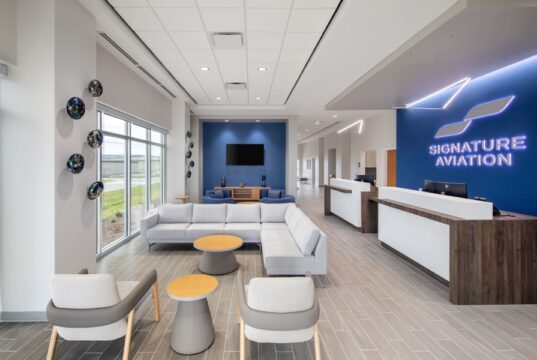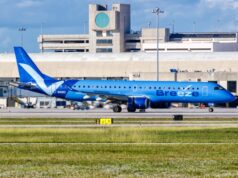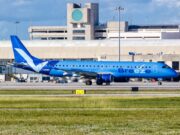Runway incursions have decreased over the years as a result of pilot education and efforts by the FAA to increase awareness of the topic. Yet, they still occur daily with the potential for loss of aircraft or significant damages.
We are all familiar with the KLM 747 Tenerife accident. A combination of factors (including unclear ATC instructions and low visibility) contributed to one of the deadliest accidents in aviation history. Improvements to ground radar technology now allows controllers, at certain airports, to track aircraft during ground operations. Technology is, however, an added layer of protection that relies on one foundation: Pilot training and education.

Runway incursions can occur to pilots of all experience levels, from student pilots to experienced professional air transport pilots. For many years, it remained as an FAA “Special Emphasis Area” for FAA practical tests. Taxi operations are arguably the highest workload phase of flight. Aside from taxiing the aircraft, distractions may arise, shifting the pilot’s attention and diminishing situational awareness. As an example, a low experience CFI may unintentionally focus on “teaching” on the ground, thus impacting situational awareness. For experienced airline crews, the taxi phase often involves starting engines, communicating with flight attendants, completing checklists, among other tasks. Often, “expectation bias” and “complacency” are involved as well. Pilots who operate at familiar airports may routinely execute “familiar” taxi instructions, rather than what may actually be communicated by the controller.
Certainly, elements outside our immediate control can increase the risk level of a runway incursions, like low visibility operations at unfamiliar airports, for example. Pilots can implement a series of strategies to reduce risk to an acceptable level, including taxiing at a slower speed, requesting progressive taxi, and briefing the operation methodically with another crewmember. Briefing taxi instructions, even during single pilot operations, is one of the best practices a pilot can adopt to avoid any deviations from the ATC clearance provided. Likewise, utilization of technology may pose an additional layer of protection. Moving taxi diagrams, through ADS-B displays or electronic flight bags, allow for cross-referencing the aircraft’s position if situational awareness is in jeopardy. On the contrary, overreliance on these displays may have the opposite effect, distracting the pilot from the outside elements. Hence, division of attention in this instance is imperative. Pilots must also ensure they use current up-to-date charts and diagrams and employ the most appropriate chart for a particular instance (designated low visibility taxi charts, for example).
Without a doubt, pilot education and awareness are the cornerstones of decreasing runway-incursion rates into the future. During early phases of training, instructors shall train students to maintain a sterile cockpit during taxi. Despite sterile cockpit rules, which primarily apply to Part 121 operations, these guidelines can certainly be applied to any general aviation or flight training environment. Instructors should teach their students never to be in doubt. If in doubt; a pilot must be confident to stop the aircraft and request ATC clarification or query the controller if the instructions seem contradictory. Not being in doubt is equally as important as not rushing. Only taxi at a speed at which you feel comfortable enough to react to an unexpected event and safely stop the aircraft in a timely manner. Particularly at an unfamiliar airport, slow down the operation and do not rush. Creating time is your best friend.
Familiarization with an airport layout prior to flight is equally important. Becoming familiar with NOTAMs will prevent pilots from taxiing onto closed taxiways, construction work, or even utilizing a closed runway. Further, it is crucial to review any hot spots or complex taxiway intersections which may pose a threat. Historically, hot spots are areas at an airport where pilots have deviated from the intended path, resulting in a collision or runway incursion. Learning from past pilot experiences continues to be one of the most effective learning tools. Include the existence of hot spots and/or complex intersections during the taxi briefing. If a runway crossing is anticipated, include it as part of the briefing as well.
The FAA has created many education resources aimed towards runway-incursion avoidance. Through the FAA Wings and FAAST programs, the agency has denoted a clear improvement in runway-incursion events throughout the last decade. The goal is to eliminate runway incursions altogether. It may seem an ambitious goal, but certainly attainable considering the progress made to date. It takes willingness to learn, adherence to standard procedures and a methodical approach during the taxi phase of flight.







































































